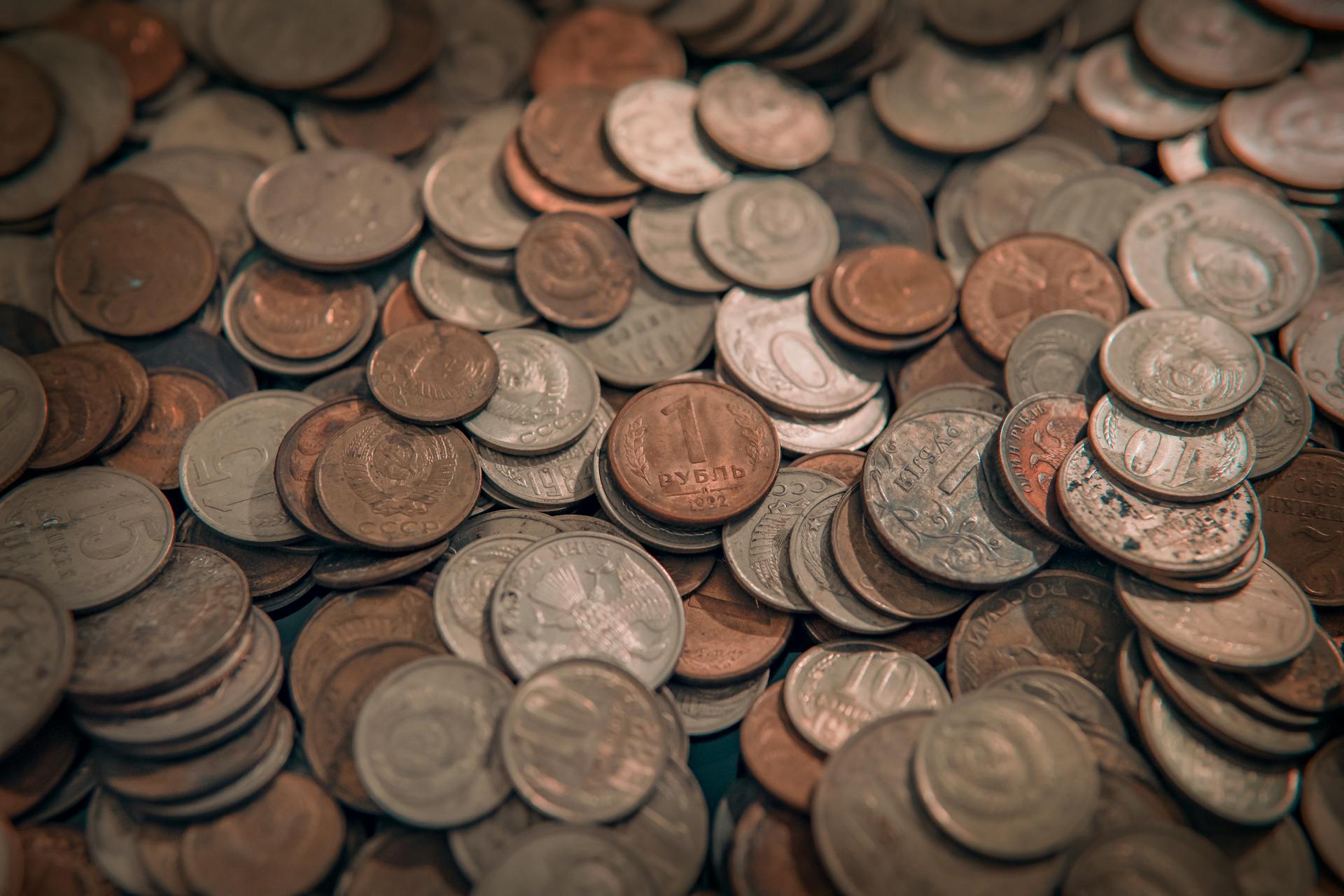
Ethereum transaction cost refers to the fees charged for processing transactions on the Ethereum network. This cost is crucial for ensuring the network's functionality and security.
The cost of an Ethereum transaction is primarily determined by the gas limit and gas price. The gas limit is the maximum amount of computational power that can be used to process a transaction.
A higher gas limit or gas price results in a more expensive transaction. Conversely, a lower gas limit or gas price leads to a cheaper transaction.
Expand your knowledge: How Much Does 1 Ethereum Cost
What is Ethereum Transaction Cost
Ethereum transaction cost is often expressed in units of GWEI, which is equivalent to one billionth of an Ether. This makes it easier to understand the value of transactions in a more comprehensive way.
The smallest unit of Ether is a wei, representing one quintillionth of an Ether. In contrast, GWEI represents one billionth of an Ether, making it a more manageable unit for everyday transactions.
Here's a breakdown of the different denominations of Ether:
- wei — 1
- kwei (babbage) —— 1,000
- mwei (lovelace) — 1,000,000
- gwei (shannon) — 1,000,000,000
- microether (szabo) — 1,000,000,000,000
- milliether (finney) — 1,000,000,000,000,000
- ether (ETH) — 1,000,000,000,000,000,000
What is a Gwei?
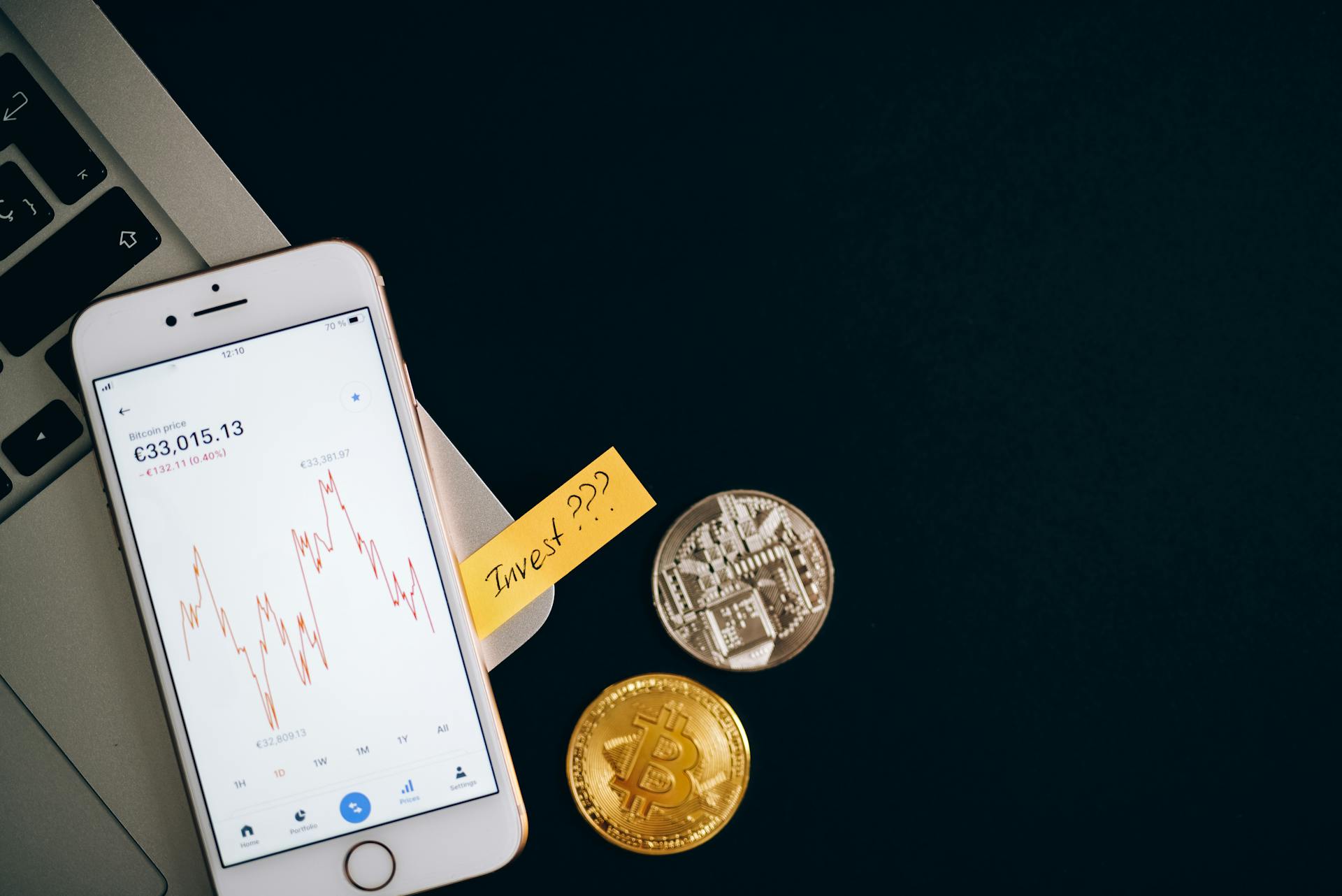
A Gwei is a unit of measurement for Ethereum's gas fees, and it's essentially Ether's 'cents'. It's a more manageable way to understand the value of transactions, rather than dealing with large numbers like 0.000000001 ETH.
To put it into perspective, one Gwei is equivalent to one billion Wei, which is the smallest unit of Ether. You can think of it as a billionth of an Ether.
The Gwei is named after Claude Shannon, a pioneer in information theory. It's a fitting tribute to his contributions to the field of computer science.
Here's a breakdown of the different denominations of Ether, from smallest to largest:
- wei — 1
- kwei (babbage) —— 1,000
- mwei (lovelace) — 1,000,000
- gwei (shannon) — 1,000,000,000
- microether (szabo) — 1,000,000,000,000
- milliether (finney) — 1,000,000,000,000,000
- ether (ETH) — 1,000,000,000,000,000,000
One Gwei is a billionth of an Ether, and one Ether is made up of one billion Gwei. This makes it easier to understand and work with gas fees in your Ethereum transactions.
Priority Fee (Tips)
The priority fee, also known as a tip, is a crucial aspect of Ethereum transaction costs. It incentivizes validators to include a transaction in the block.
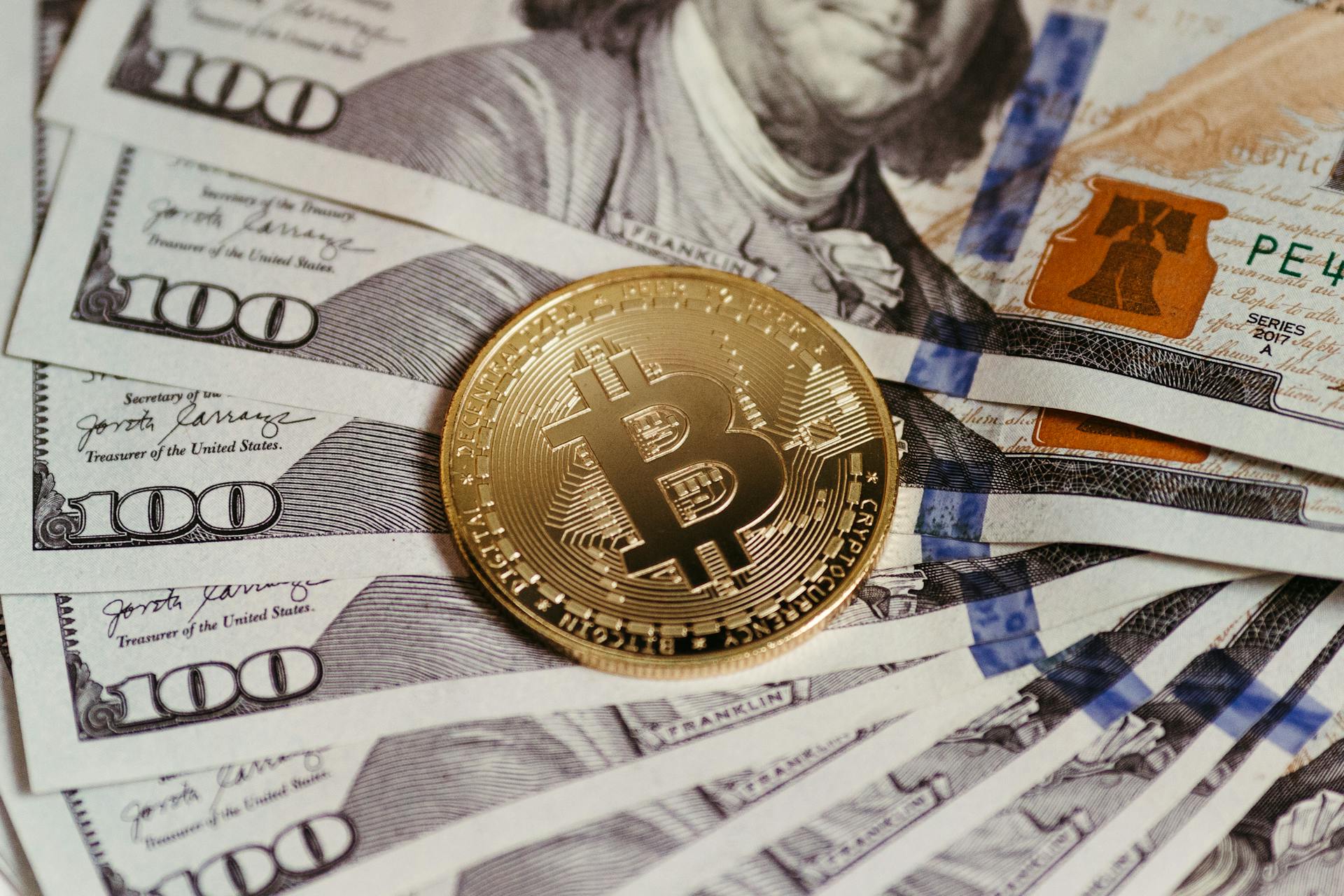
Without tips, validators would find it economically viable to mine empty blocks, as they would receive the same block reward.
A small tip gives validators a minimal incentive to include a transaction, but a higher tip can be added to try to outbid competing transactions. This allows transactions to be preferentially executed ahead of other transactions in the same block.
Factors Affecting Transaction Cost
Transaction cost on Ethereum is influenced by the priority fee, also known as the tip, which incentivizes validators to include a transaction in the block.
A small tip provides a minimal incentive for validators to include a transaction, while a higher tip can give a transaction priority over competing transactions in the same block.
Validators would mine empty blocks if there were no tips, as they would receive the same block reward.
If this caught your attention, see: Ethereum Block
Network Size
Network size is a crucial factor affecting transaction costs, and it's not just about the number of users. The median Bitcoin transaction moved approximately $700,000 per trade in late 2021 and early 2022, but the median network fee over the same period was roughly $0.50.
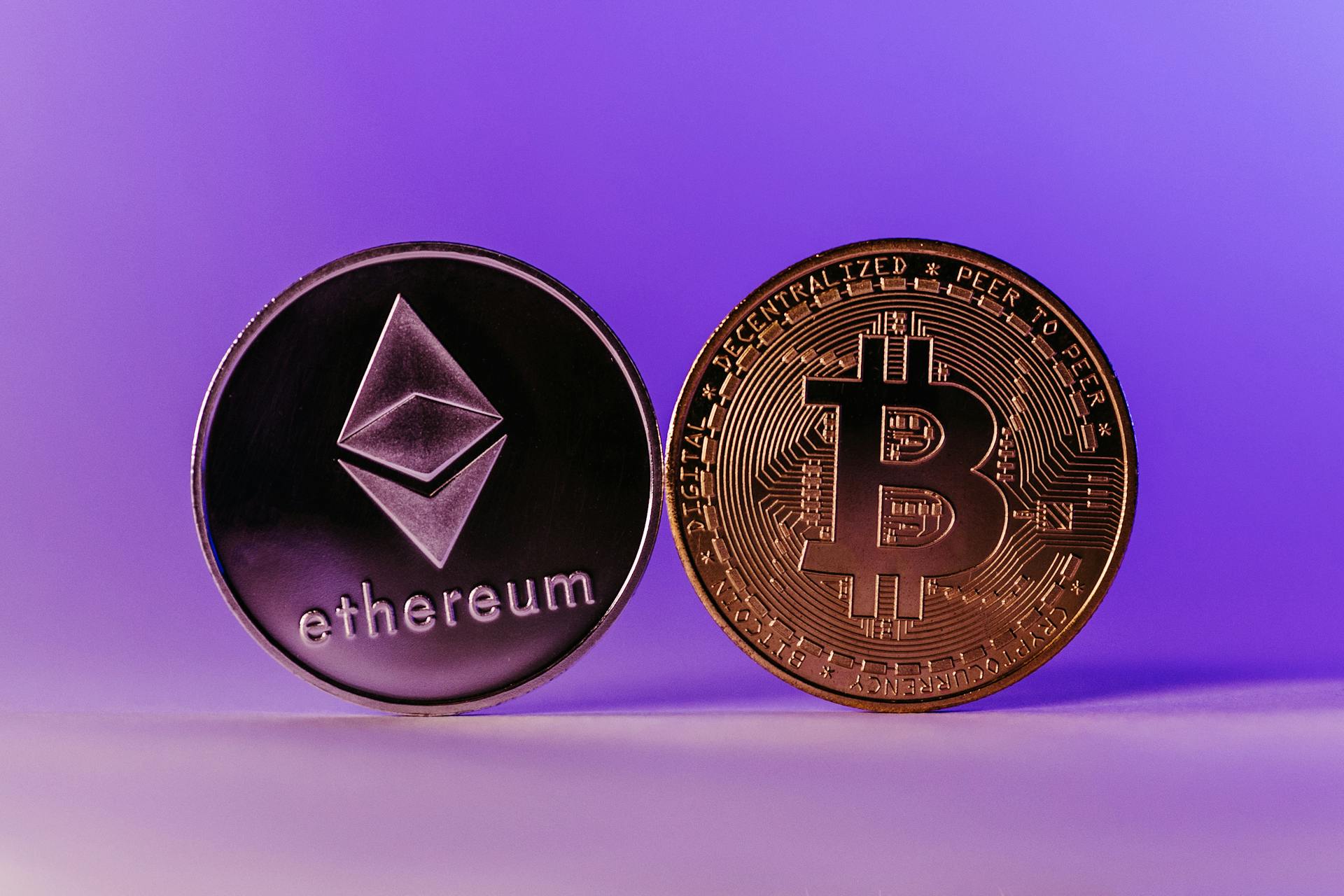
A busy network can lead to skyrocketing fees, as seen with Ethereum's gas fees reaching thousands of dollars per transaction in May 2022. This happened when a massive demand for Ethereum-based non-fungible tokens (NFTs) threw the network off-kilter for a few hours.
The size of the network can impact the cost of transactions, making it essential to choose cryptocurrencies and trading services wisely to minimize fees.
Block Size
Block size is a crucial factor affecting transaction cost on the network. Each block has a target size of 15 million gas, but the actual size can vary depending on network demand.
The protocol adjusts the block size to achieve an equilibrium of 15 million gas on average through a process called tâtonnement. This process involves increasing or decreasing the base fee for the following block if the current block size is greater or less than the target size.
If the block size exceeds the target size, the protocol increases the base fee for the next block by a maximum of 12.5%. This exponential growth makes it economically non-viable for block size to remain high indefinitely.
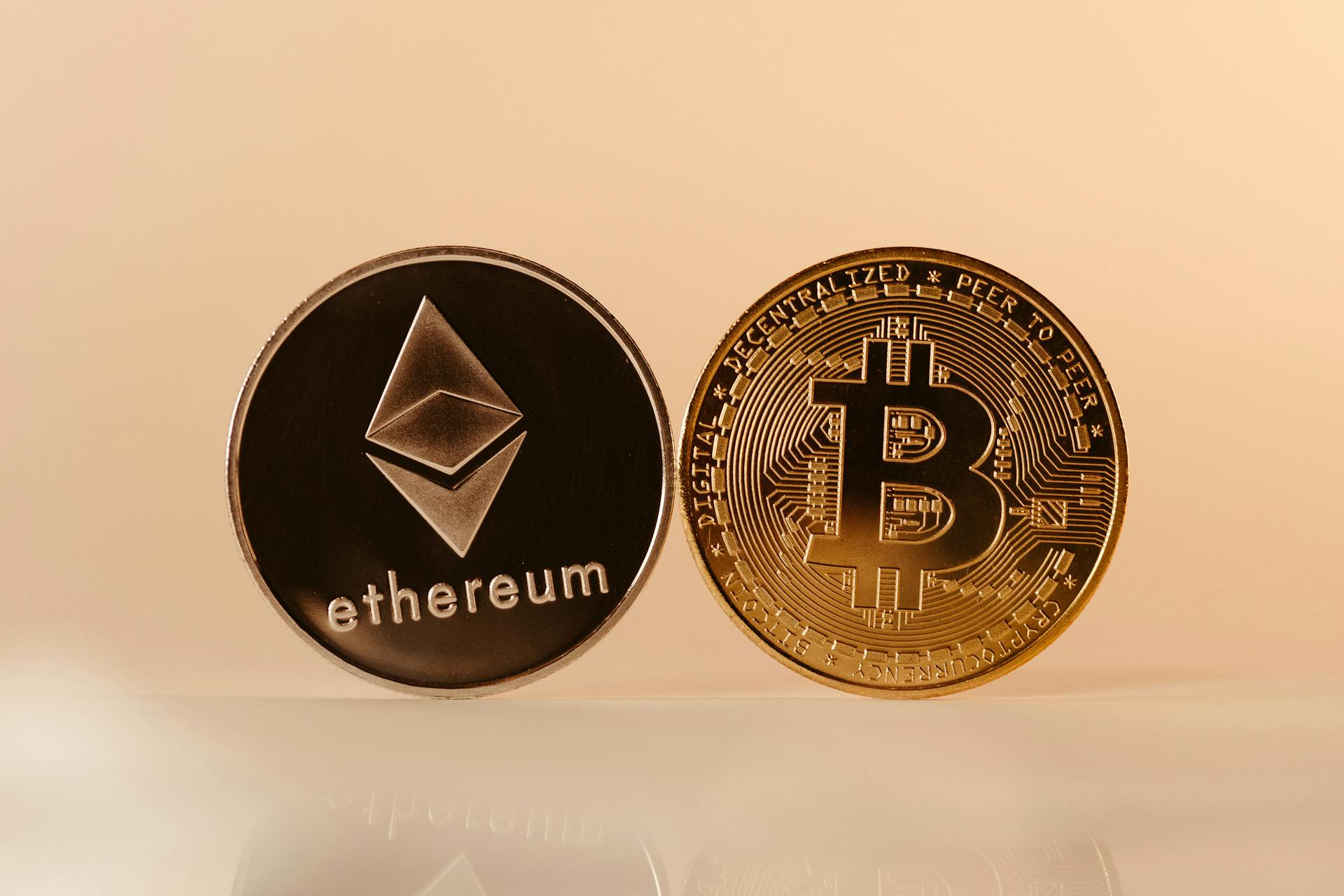
Here's a table showing how the base fee increases over time:
As you can see, the base fee increases rapidly over time, making it unlikely to see extended spikes of full blocks due to the speed at which the base fee increases preceding a full block.
Why Transaction Costs Exist
Transaction costs exist to maintain the security and functionality of blockchain networks. They serve as an incentive for miners and validators to confirm transactions and add them to the existing blockchain.
Transaction fees are required to prevent bad actors from spamming the network and to avoid accidental or hostile infinite loops in code. This is achieved by setting a limit on computational steps of code execution per transaction, measured in "gas".
High transaction costs are due to the popularity of Ethereum, where users must offer higher tip amounts to try and outbid other users' transactions, especially for complex smart contract apps that consume a lot of gas.
If this caught your attention, see: Venmo Transactions
Why Do Exist?
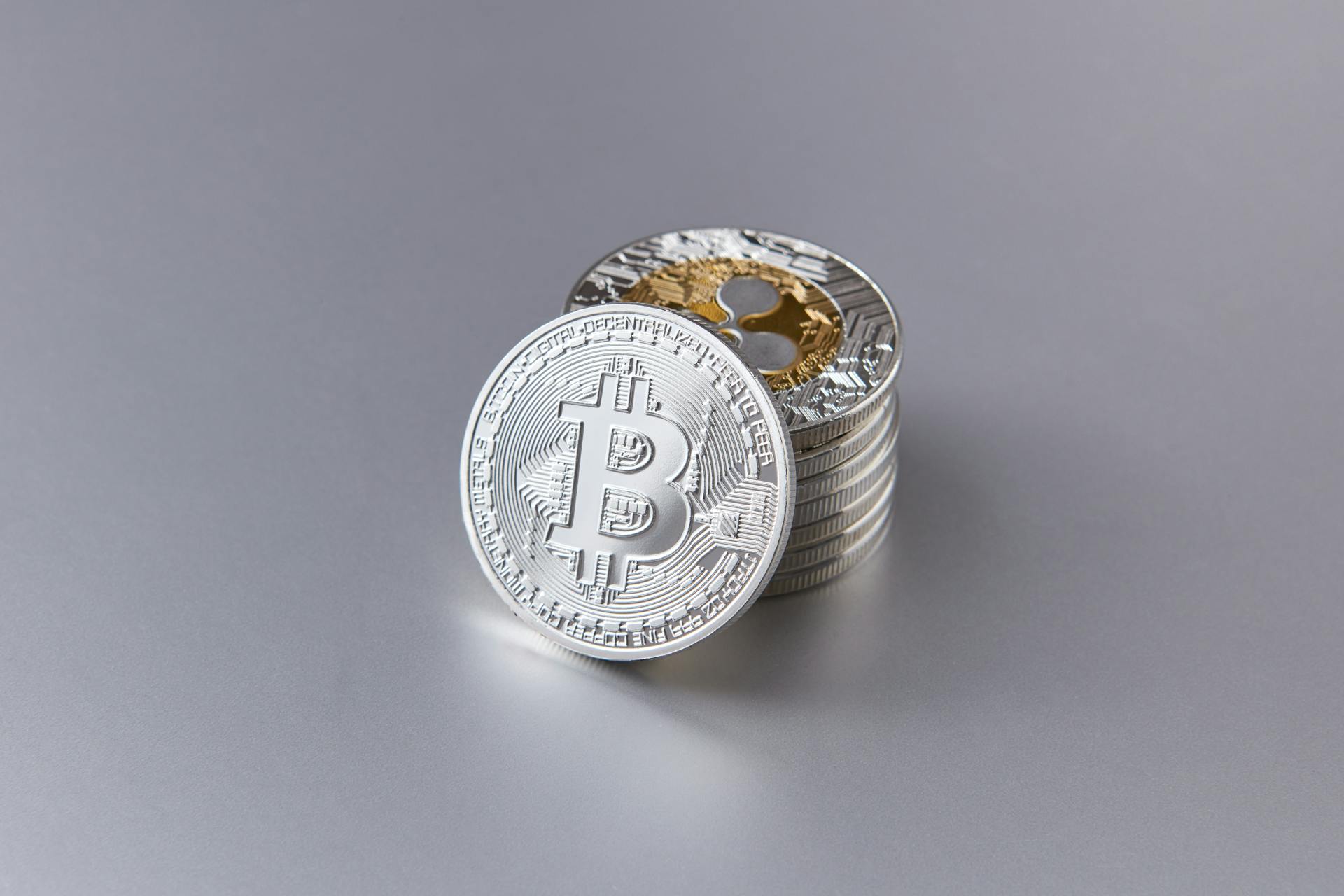
Gas fees exist to keep the Ethereum network secure by preventing bad actors from spamming the network. This is done by requiring a fee for every computation executed on the network.
Each transaction includes a limit on how many computational steps of code execution it can use, measured in "gas". Any gas not used in a transaction is returned to the user.
This system helps prevent accidental or hostile infinite loops or other computational wastage in code. It's a necessary measure to maintain the integrity of the network.
Why Can We Get So High?
High gas fees are a major issue on Ethereum due to its popularity, causing users to compete for block space by offering higher tip amounts to outbid other transactions.
The more complex the smart contract app, the more gas it consumes, making it harder to process transactions quickly and efficiently.
If there's too much demand on the network, users must offer higher tips to make their transactions more likely to get into the next block.
This increased demand can lead to higher gas fees, making it more expensive for users to send transactions.
Calculating Transaction Cost in USD
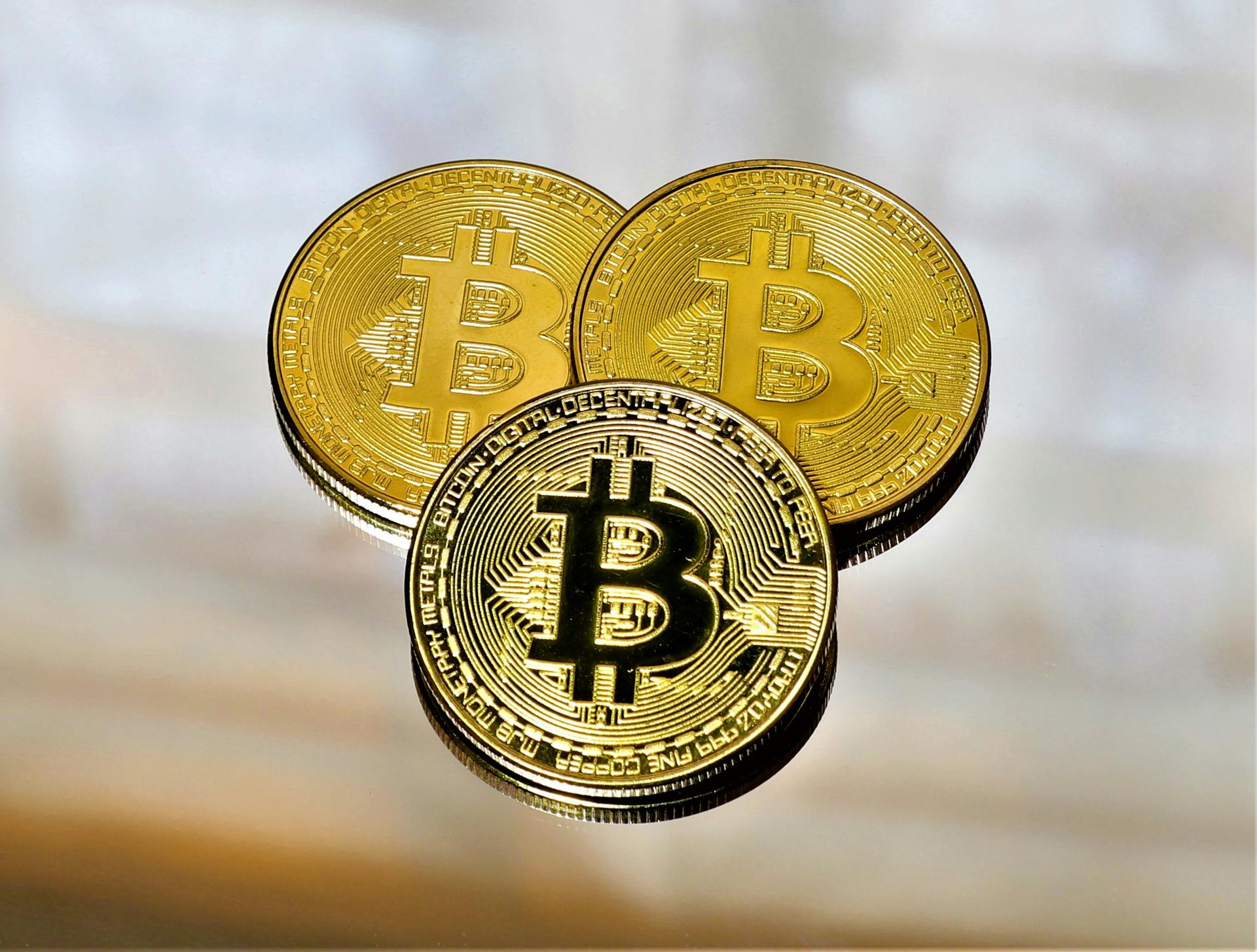
Calculating transaction cost in USD can be a bit tricky, but it's essential to understand how it works. You'll need to consider the base fee, which is the minimum amount of GWEI required to add a transaction to the Ethereum blockchain, currently set at 21,000 GWEI.
To calculate the gas fee in USD, you'll need to multiply the base fee by the current gas price. Etherscan provides an approximation of the gas price, ranging from Low to High. Let's use the High gas cost of 25 GWEI as an example.
Here's the calculation:
- 21,000 GWEI (base fee) x 25 GWEI (gas price) = 525,000 GWEI
- 0.000000001 ETH (1 GWEI in ETH) x 525,000 GWEI = 0.000525 ETH
- 0.000525 ETH x $1,600 (current price of ETH) = $0.84
So, a basic transaction will cost approximately $0.84 in USD, plus any additional priority fee, or "tip", to the validator.
It's worth noting that most wallet providers will automatically set a recommended transaction fee to reduce the complexity burdened onto their users. However, you can explicitly state how much you're willing to pay to get your transaction executed.
Cost Reduction Initiatives
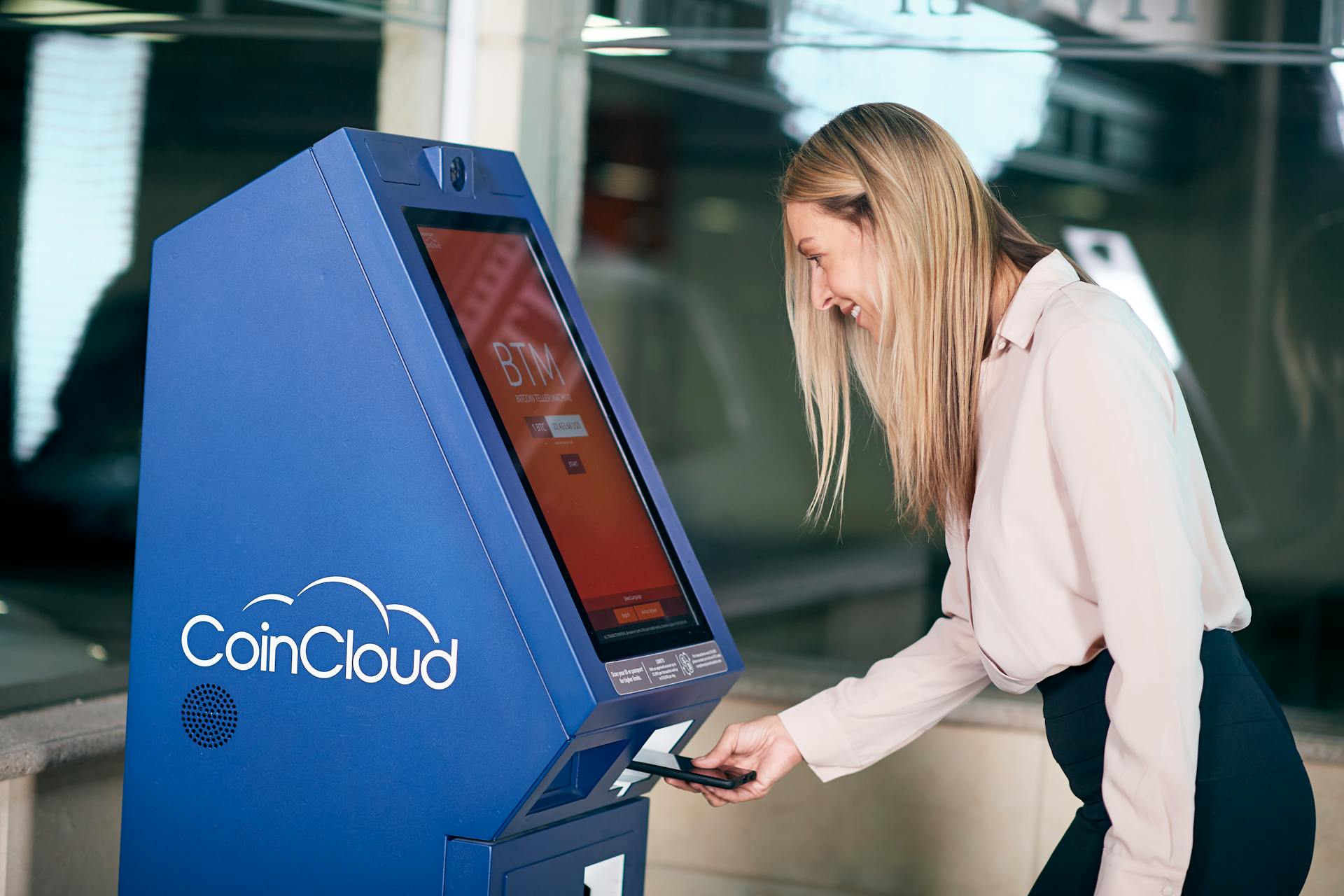
Ethereum is working to address some of the gas fee issues with scalability upgrades. These upgrades will enable the platform to process thousands of transactions per second.
Layer 2 scaling is a key initiative to improve gas costs and user experience. It's designed to greatly improve these areas.
The Ethereum scalability upgrades should ultimately address some of the gas fee issues. This will make the platform more scalable globally.
Layer 2 scaling is a primary initiative to improve gas costs, user experience and scalability.
You might like: Ethereum Address
Tools for Monitoring Transaction Costs
Monitoring transaction costs is crucial for Ethereum users, and there are several tools that can help you do just that.
Etherscan's Transaction gas price estimator is a useful tool for monitoring gas prices.
ETH Gas Tracker allows you to monitor and track Ethereum and L2 gas prices, which can help you reduce transaction fees and save money.
Blocknative ETH Gas Estimator is a Chrome extension that supports both Type 0 legacy transactions and Type 2 EIP-1559 transactions.

Cryptoneur Gas Fees Calculator can calculate gas fees in your local currency for different transaction types on Mainnet, Arbitrum, and Polygon.
You can also use Blocknative's Gas Platform, which is a gas estimation API powered by Blocknative's global mempool data platform.
Here are some of the tools mentioned above:
- Etherscan's Transaction gas price estimator
- ETH Gas Tracker
- Blocknative ETH Gas Estimator
- Cryptoneur Gas Fees Calculator
- Blocknative's Gas Platform
Understanding Ethereum Transaction Costs
Ethereum transaction costs are a crucial aspect of using the Ethereum network. They're essentially the fees you pay to use the network's services.
Gas fees are a type of transaction cost on Ethereum, and they're based on supply and demand for the network's validation requests. This means that when there's high demand and low supply, gas fees tend to be higher.
Transaction prices on Ethereum are determined by the gas limit and gas price, and they're denoted in tiny fractions of ether called gwei or ETH. The gas limit is the maximum amount of gas that can be used to process a transaction, and the gas price is the cost of using one unit of gas.
Related reading: Ethereum Supply
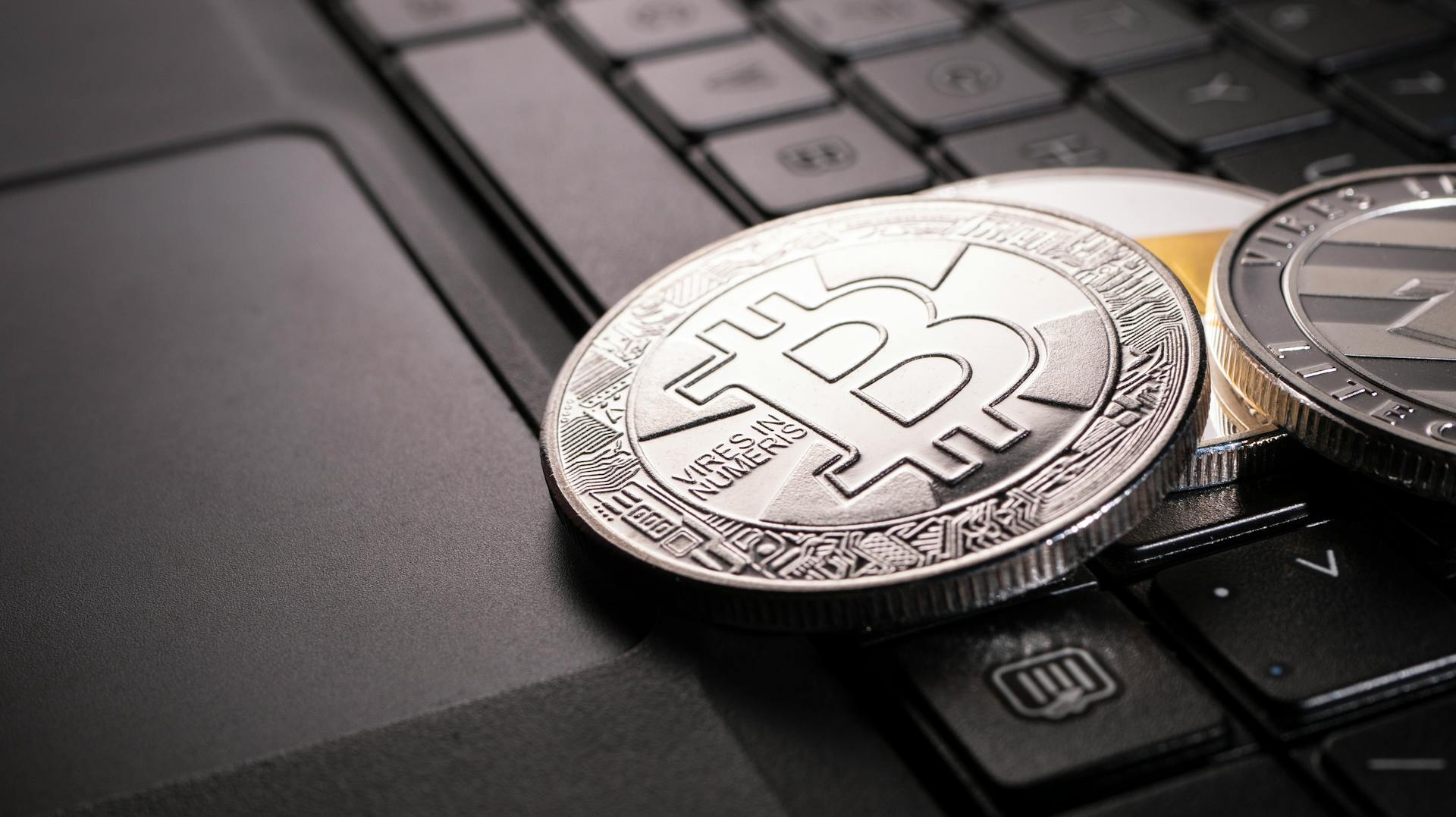
Here's a breakdown of how gas fees work on Ethereum:
Transaction fees are similar to the fees you pay for a money wire transfer. You're essentially paying the service provider for using their network. In the case of Ethereum, validators are awarded this fee in return for staking their ether and verifying blocks.
The Bottom Line for Investors
Investors need to understand how gas fees work to make informed decisions about Ethereum transactions. Gas fees are used on the Ethereum blockchain to incentivize users to stake their ETH.
The reward for staking ETH is a small payment for helping to secure the blockchain and keep it functioning. This payment is a key motivator for users to participate in the network.
Fees are determined by network traffic, validator supply, and transaction verification demand. Higher demand and traffic mean higher fees.
Lower traffic and demand result in lower fees. This fluctuation means investors need to stay up-to-date on market conditions to optimize their transactions.
Frequently Asked Questions
How do I avoid Ethereum transaction fees?
To minimize Ethereum transaction fees, consider using Layer 2 solutions like Optimistic Rollups and ZK-Rollups, or time your transactions during periods of low network activity. This can help you save on gas fees and complete transactions more efficiently.
How much does it cost to transfer Ethereum between wallets?
Transferring Ethereum between wallets on the Cropty wallet costs between $1.5 and $2.25, with an average fee of $1.87. The exact fee depends on the specific transaction.
Why does ETH have high fees?
Ethereum's high fees are due to a mismatch between limited block space and high demand, causing competition for a scarce resource. This competition drives up fees, making transactions more expensive.
What is the maximum gas per transaction Ethereum?
The maximum gas per standard transaction on Ethereum is 21,000 units. However, some transactions like ERC-20 token approvals may require up to 45,000 gas.
What was the highest gas fee in Ethereum?
The highest average daily gas price in Ethereum was $196.638, recorded on May 1, 2022. This record-breaking gas fee has since decreased, potentially paving the way for increased adoption of the Ethereum network.
Sources
- https://www.fool.com/investing/stock-market/market-sectors/financials/cryptocurrency-stocks/transaction-fees/
- https://www.fidelitydigitalassets.com/research-and-insights/bitcoin-and-ethereum-fees-explained
- https://www.investopedia.com/terms/g/gas-ethereum.asp
- https://www.tastycrypto.com/defi/ether-gas-fees/
- https://ethereum.org/en/developers/docs/gas/
Featured Images: pexels.com

